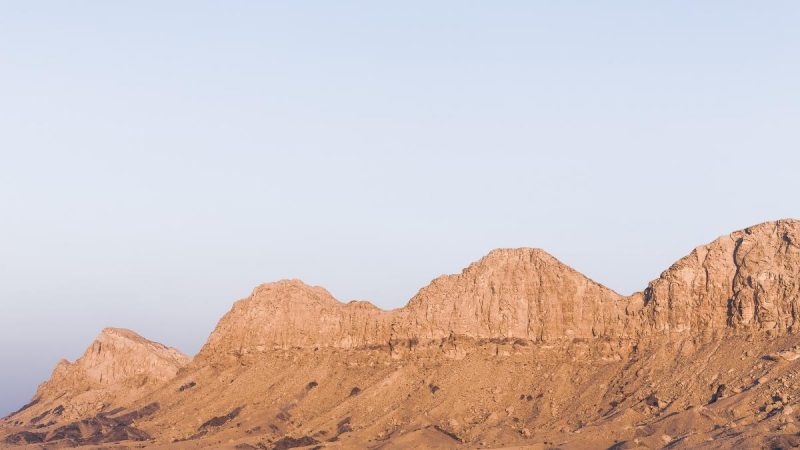The UAE has many sites that offer a glimpse into the bygone era. And one such site happens to be in Sharjah. We are talking about the Faya Palaeolandscape in the emirate and how it is moving ahead in its nomination for the UNESCO World Heritage site list.
Faya Palaeolandscape Moves Closer To UNESCO World Heritage List
As revealed in a report by the Gulf News, Faya Palaeolandscape in Sharjah is advancing in this list. For those who are wondering, it is located in the central region of the emirate and is one of the oldest and most continuous records of human presence in Arabia. In fact, with human history dating back 2,10,000 years, it’s truly a site that gives researchers a glimpse into the sense of time.
Nominated Under The Category Of Cultural Landscape
For those who are wondering, it was earlier nominated in 2024 under the category of cultural landscape. However, according to the current evaluation, the site is gaining international recognition. Yes, after the evaluation done by the UNESCO World Heritage Centre, it is not only being regarded for its archaeological significance but also for its ability to reshape human history. This includes an in-depth study about how humans survived, evolved, and even migrated across South Arabia through the rugged desert terrain.
It is regarded as a living archive of human history by Sheikha Bodour bint Sultan Al Qasimi. For those who’re wondering, she serves as the official ambassador of the nomination. Talking in support of the site, she mentions how the region has the oldest and most complete record of early human presence.
Also Read: Sharjah’s Mango Festival Is Back On This Date In June And We’re Super Excited
More About The Ancient Archaeological Site
Talking more about the site, it is regarded as a transit point. Yes, for early human migration, it was regarded as a transit site. Thereby, the destination is now being regarded as a site for repeated settlement. With the site being confirmed as offering favourable conditions, especially when it comes to long-term habitation, it truly offers some great insights into human history.
As it happens, there have been excavations happening for more than 30 years, which have resulted in the uncovering of 18 distinct archaeological layers. Each of these layers represents a unique chapter. Not to mention, it showcases the history of evolution and resistance resilience, so as the final decision of UNESCO still awaits, one cannot deny how important the site is for the knowledge of human history. And so a comprehensive conservation and management plan has also been developed for 2024 – 2030.
Cover Image Courtesy: Canva Pro/Aleksandra Tokarz (Images are for representative purposes only)
For more such snackable content, interesting discoveries and the latest updates on food, travel and experiences in your city, download the Curly Tales App. Download HERE.

